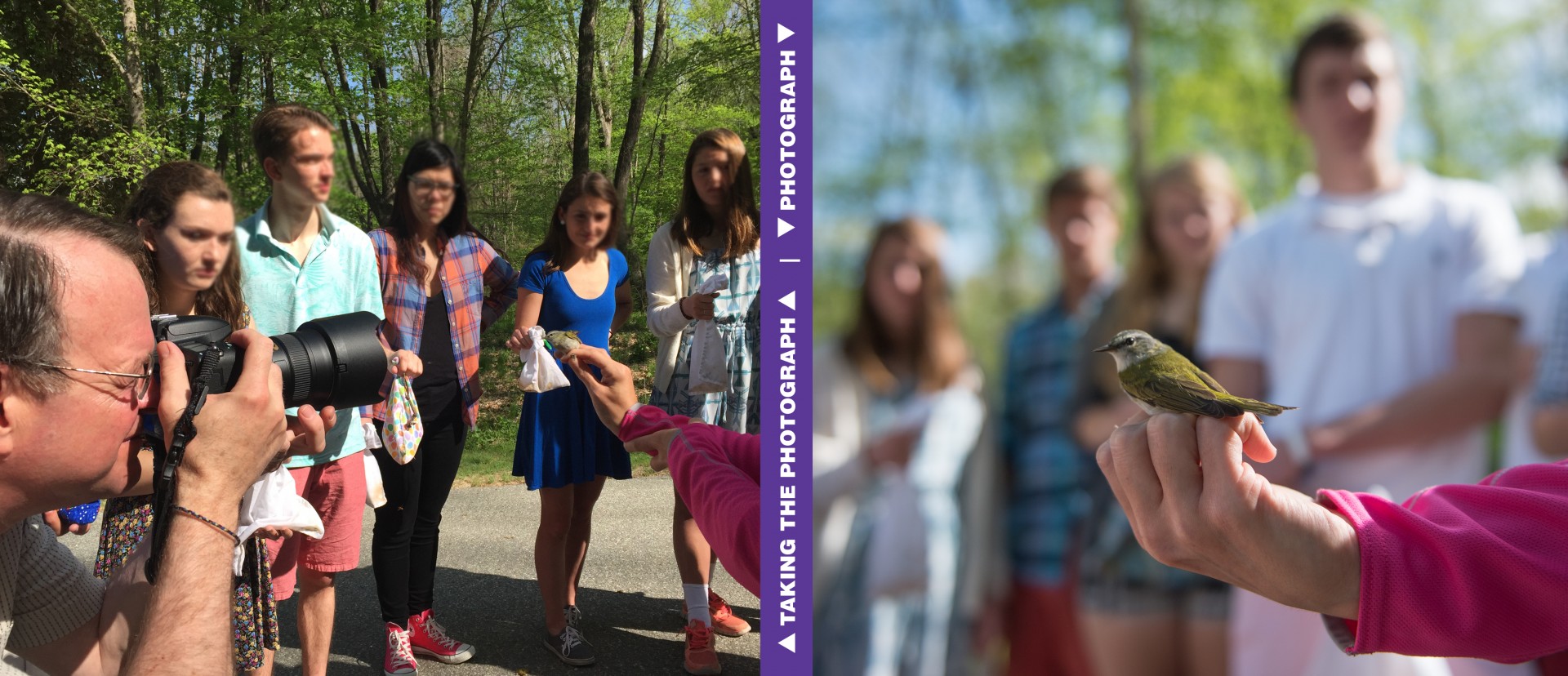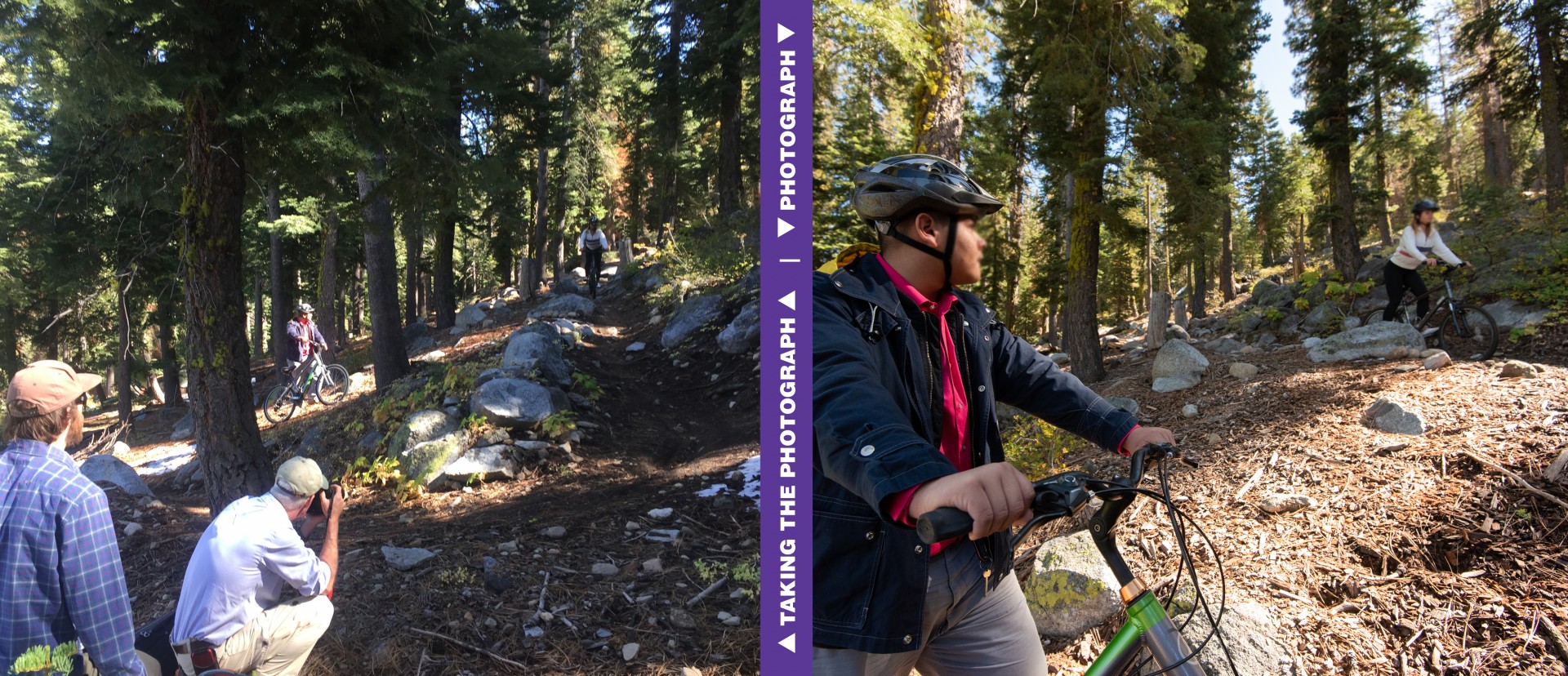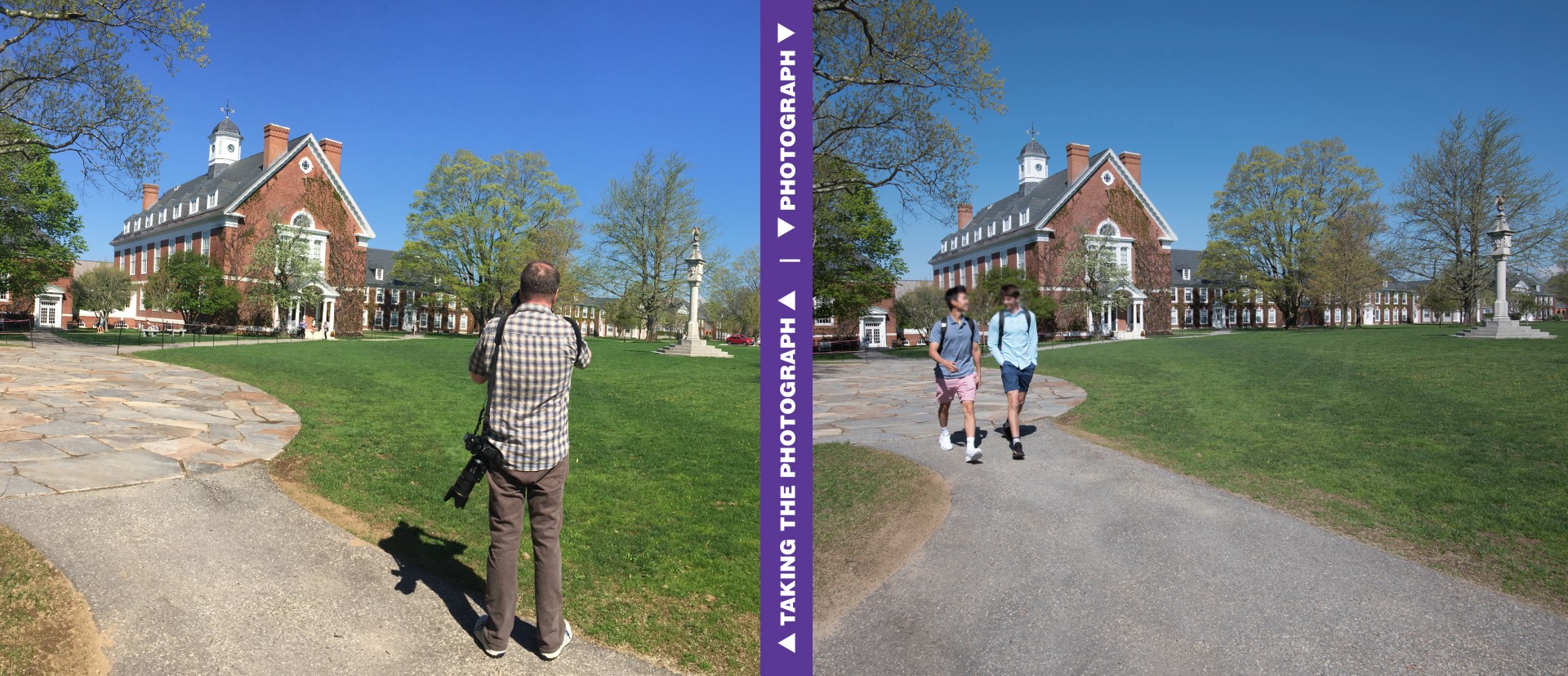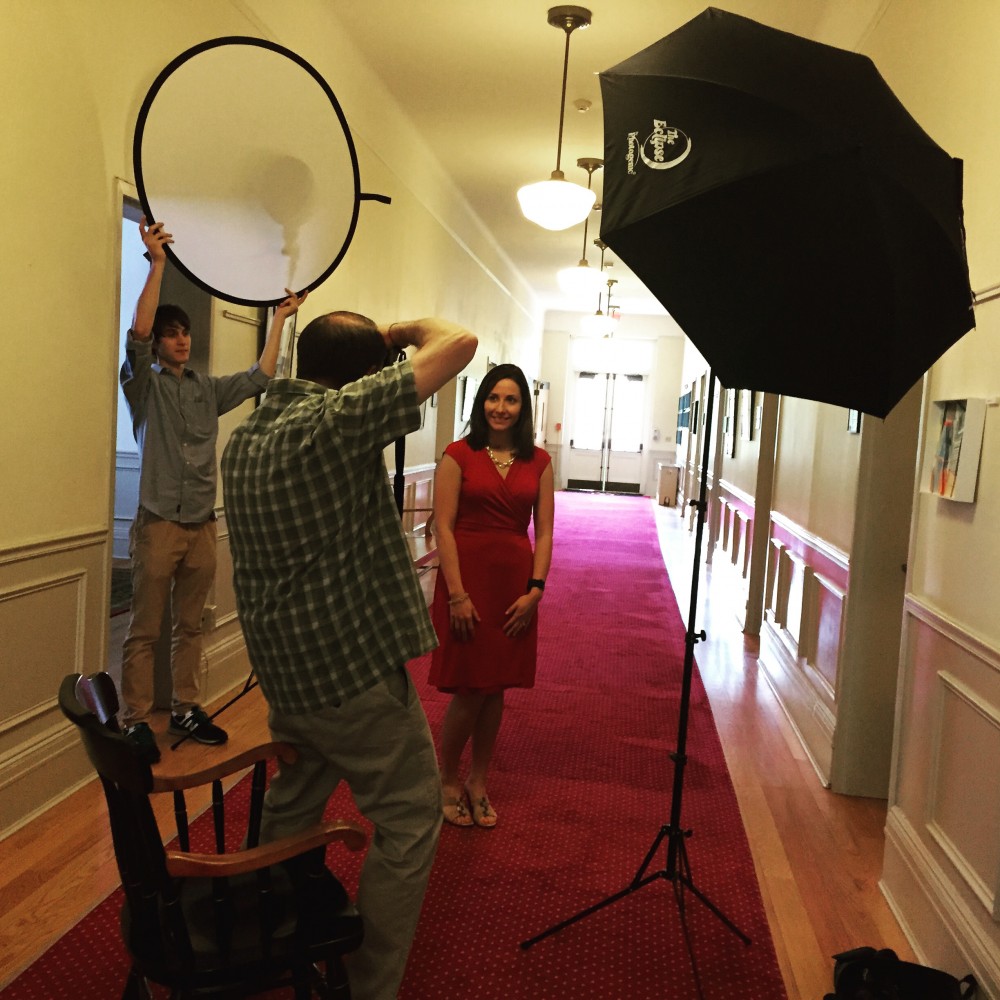Tips For Your Campus Photoshoot
May 9th, 2022

Spring has sprung and it’s time to be thinking about bringing a photographer to campus to capture your school’s unique programs and vibrant campus life. Photography can be an expensive proposition, below are some tips that I have learned over the years that you might find helpful when planning your next campus photoshoots.
> If your goal is to capture the campus at its best, make sure you photograph in late spring or early fall. If you invite a photographer to campus in early spring the trees will not have leaves and your campus will look sparse and uninviting. In late spring you will run into year-end commitments, exams, and graduation, making it difficult to feature your program, students, and teachers. (That being said, make sure you take graduation photos every year.) I have found one of the best times to photograph your campus is right after school starts in September. Everyone is happy to be there, the campus is spruced up for parents dropping off their kids, and you will run into fewer conflicts.

> Make sure to show off your most beautiful and unique outdoor and indoor campus spaces. In photos in which the campus or space is the focus, make sure it includes people. The people give scale to the photo. Try to envision photos that show the “movement” on campus to give a feel of how the students move through the campus and or spaces during the day. You might consider taking photos from a window or using a drone or cherry-picker to get a bird’s eye view.
> If you are a New England School getting fall foliage photos, in Connecticut peak is usually around October 15th. If you have similar seasonal features at your school, make sure they are featured. Cherry blossoms in the DC area, for instance.

> Have a staff member accompany the photographer. This person should know and understand the schedule, and be able to run interference, handle any arrangements, and see that people arrive as scheduled.
> To avoid confusion and ruffling feathers, it is helpful to have the Head of School send out an e-mail before the shoot to let everyone on campus know that a photographer is on campus and may drop into a class.
> The photographer may need to have access to buildings and rooftops. To expedite equipment set-up, the photographer will need to be able to park all over campus, including no-parking zones. It helps to have an eight-foot step ladder available for the photographer to get better angles from a higher perspective.

> Because of the amount of equipment a photographer carries, allow at least 15 minutes to travel from one site to another. An average of 20 to 30 minutes is needed to set up lights and cameras for an interior shot. If possible, have students and/or faculty arrive at the room after the equipment is in place.
> Schedule the shots so adjacent locations are assigned consecutive time slots.
> All photographed students/staff/administrators should sign photo releases.
> In planning the photoshoot, invite a good mix of students who are in good standing. Make sure you are not picking the same students repeatedly.
> The best students and faculty to photograph are not always the best looking, but the ones who have outgoing personalities usually photograph well.

> Students should wear bright colors. NO SOLID WHITES or BLACKS, hair should be combed and dry. They should bring an extra shirt/sweater/jacket, plus appropriate props like a computer, books, book bags, paper, pens, and pencils to the site.
> The photographer may rearrange the classroom, moving students to different places. So don’t photograph a class where they are prepping for a test or taking one. It is very distracting to have additional people in the classroom. Lights will be flashing, students will be asked to look in a certain direction, and faculty may be asked to work with students for an extended time.
> A photo is not proportional to a standard page size so make sure you ask your photographer to leave crop room around the photo for the designer. Sometimes the photo is framed so tight that it doesn’t bleed off the page without an awkward crop.

Remember:
• There is always a lot of hurry up and wait when taking candid photos.
• Make sure the photographer is in the right place, at the right time.
• Great photos take time. It takes time to get the students and faculty relaxed so the photo doesn’t look staged.
• Kids are visually savvy and photos that are set up need to look like they are candid. It’s ok to take a photo with some students’ backs to the camera.








